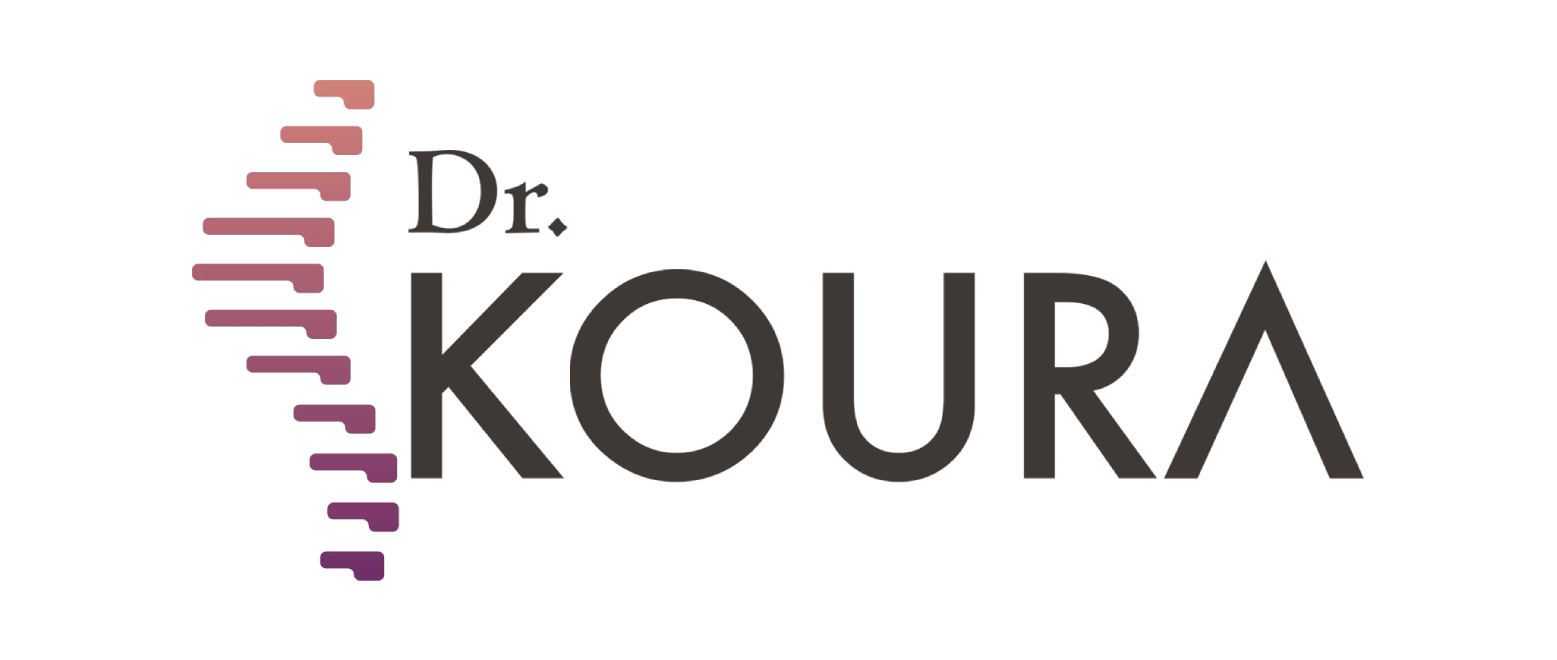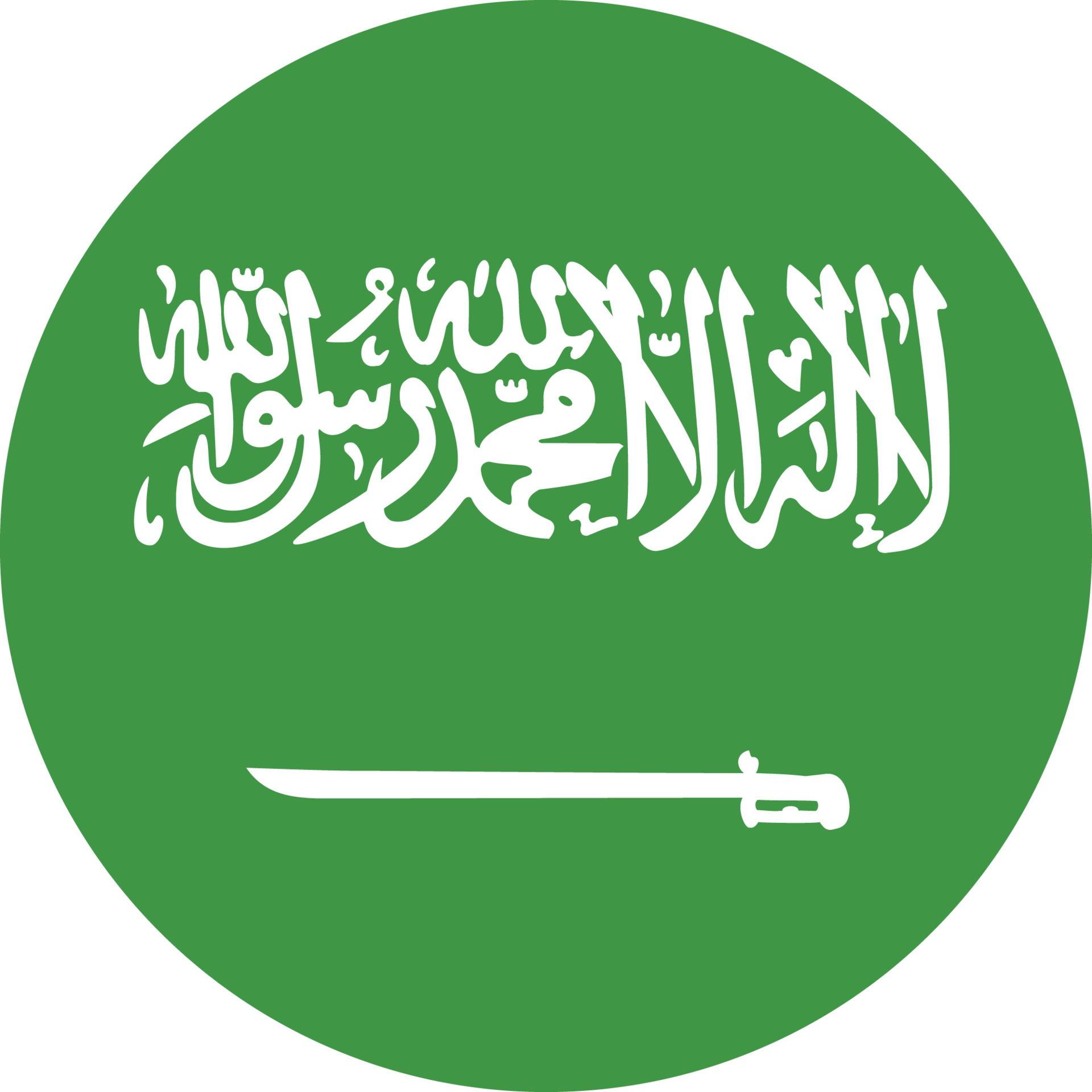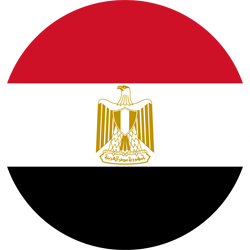12 non-surgical techniques for Disc Prolaps with Dr. Koura
Disc herniation is one of the most widespread conditions in various age groups, making it a prevalent ailment in modern times. It stands as a significant cause of back pain, with many people mistakenly believing that surgery is the only solution for disc herniation. While surgery may have been the sole remedy in the past, advancements in scientific understanding have introduced numerous non-surgical and advanced methods for treatment. This is particularly evident at the clinic of Dr. Mohammed Koura, recognized as the leading physician in this field. He stays abreast of the latest therapeutic techniques through active participation in international conferences alongside eminent doctors and experts from around the world.
In this article, we will shed light on disc herniation, its types, how it is diagnosed, and the various methods of treatment available.
What is Disc herniation?
Disc herniation is the protrusion of the cartilaginous discs located between the vertebrae of the spinal cord. These discs serve the purpose of reducing friction between the vertebrae, facilitating the movement of the spinal cord.
Disc herniation is also known as disc protrusion or herniated disc. It occurs when the soft nucleus of the disc compresses the weak portion of the fibrous ring surrounding the spinal disc in the back or neck, causing it to bulge.
This pressure on the nerve roots branching out from the spinal cord leads to pain and gives rise to neuro-muscular symptoms. If left untreated, it can result in complications.
What are the types of Disc Herniation?
There are several types of disc herniation that vary based on their location.
These types may include:
- Lumbar Disc Herniation: This is the most common and widespread type among different age groups. The protrusion occurs in the cartilaginous discs separating the lumbar vertebrae.
- Cervical Disc Herniation: The second most common type, where one or more discs protrude between the cervical vertebrae in the neck.
- Thoracic Disc Herniation: This type is less common, and the problem occurs in the cartilaginous discs between the thoracic vertebrae.
What are the Causes of Disc Herniation?
Disc herniation typically occurs as a result of the degeneration of the disc's condition. This happens when the nucleus loses its water content, reducing its shock-absorbing ability. Additionally, the fibrous ring becomes less able to withstand pressure and more susceptible to bulging and rupture.
There are several factors that increase the risk of disc herniation, including:
- Improper Lifting of Heavy Weights: Using the back muscles instead of the legs when lifting heavy weights puts excessive pressure on the spinal discs, making the fibrous ring more prone to bulging and rupture.
- Obesity: Excess body weight increases the load and pressure on the muscles and discs of the back.
- Aging: The natural aging process leads to the weakening of neck or back muscles, whether due to genetic or acquired factors.
- Prolonged Sitting: Long periods of sitting, coupled with the vibrations from a vehicle's engine, can exert pressure on the spine and discs.
- Smoking: Smoking is believed to reduce oxygen supply to the discs, leading to accelerated degeneration.
What are the symptoms of Disc Herniation?
The symptoms of disc herniation vary depending on its location.
Generally, if the herniated disc does not compress the nerve, you may experience lower back pain or no pain at all. But if there is pressure on the nerve, you may feel pain, tingling, or weakness in the area of the body the nerve extends to.
Typically, disc herniation may be preceded by a bout of lower back pain or a long history of intermittent episodes of lower back pain.
Symptoms may include:
Lumbar Disc Herniation Symptoms:
- You may feel pain in the lower part of your back, which can extend to one or both legs, accompanied by a condition known as "sciatica," characterized by numbness and tingling.
- Additionally, you may have difficulty standing for extended periods or walking long distances.
- In advanced cases of lumbar disc herniation, you may experience urinary incontinence due to a disruption in the neural mechanism responsible for bladder control. Pain may intensify when sneezing or coughing.
Cervical Disc Herniation Symptoms:
- You may experience mild or severe pain in the neck or between the shoulder blades, which may increase when bending or rotating the neck.
- The pain may radiate down the arm and sometimes to the hand and fingers.
- Numbness or tingling in your arms.
What are the methods of diagnosis?
The diagnosis relies on physical examination, where Dr. Mohammed Koura assesses pain, muscular responses, sensation, and muscle strength with precision.
Additionally, several tests may be requested, including:
- Magnetic Resonance Imaging (MRI): To obtain detailed images of the tissues and structures.
- X-rays: To examine the bone and vertebral structure.
- Computed Tomography (CT) Scan: Provides detailed images with a focus on structural details.
- Myelogram: To evaluate the condition of the spinal cord.
- Electromyography (EMG): To assess muscle and nerve activity.
In summary, this comprehensive diagnostic approach helps identify the cause of the condition and determine the appropriate treatment plan.
Is disc herniation dangerous?
If disc herniation treatment is neglected, it can be extremely dangerous and may cause nerve damage along with other complications.
What are the complications of Disc Herniation?
Neglecting the treatment of disc herniation can lead to the worsening of pain over time, accompanied by the emergence of several complications, including:
- The pain becomes intolerable.
- Onset of other symptoms, such as urinary incontinence or partial paralysis.
- Increased numbness or weakness that can impact your daily routine.
- Increased pressure on Nerves resulting in loss of sensation in the inner part of the thighs and the back part of the legs and around the rectum.
- Delayed diagnosis and Treatment Can result in permanent nerve damage affecting the bladder, bowel, and legs.
What are the treatment options for Disc Herniation?
The treatment methods for disc herniation at Dr. Mohammed Koura's center, a pioneer in treating this condition in Egypt and the Arab world, are diverse, including 12 non-surgical techniques for spinal problems. Some of the key methods include:
● Nerve Root Injections: Administered through fine needles, anti-inflammatory substances are injected into nerve roots -guided by X ray images- targeting the specific nerve location.
●Radiofrequency of roots/ facet joints: This modern technique uses thermal frequencies to treat inflamed or affected nerve roots/facet joints. Thermal frequencies are delivered through a specialized device.
● Percutaneous Laser Disc Decompression: A simple and safe method involving the use of a thin needle to deliver laser fibers, vaporizing and decompressing the herniated disc part. The procedure takes approximately 15 to 30 minutes under local anesthesia.
● Endoscopy: endoscope is one of the latest technologies utilized in the treatment of disc herniation and spinal pain. It involves the use of a fine needle, with a thickness not exceeding half a millimeter, inserted through the skin. The endoscope is guided by fluoroscopy in the operating room, allowing access to the herniated disc and subsequent excision.
● Disc FX Technique: It is a modern technique for treating disc herniation without surgical intervention, and Dr. Mohammed Koura's center is the first to introduce the disc fx technology system for treating spinal pain. This technique is performed inside the operating room to ensure complete sterilization. The steps include the following: ● Firstly, the patient is anesthetized with local anesthesia, not general anesthesia, which is one of the distinguishing features of the disc fx technology compared to surgical endoscopy. ● Next, a small needle is inserted into the disc. All of this is done using fluoroscopy to ensure accuracy until reaching the disc intended for excision. ● Then, the herniated part of the disc, which is causing the problem, is excised using a precise tool under the guidance of fluoroscopy. ● Afterward, the disc is thermally treated to prevent its recurrence. One of the significant advantages of the disc fx technology is its simplicity and ease, as it does not require any incisions or surgical intervention. It is also quick and does not take a long time. Additionally, the patient can leave the hospital an hour after the procedure and return to normal life within 48 hours without experiencing any pain.
● Hydrocision for the Disc: Hydrocision is a technique for excising a portion of the disc. While not a recent technology, it is one of the earliest methods invented to treat this condition. This technique involves a fine needle entering the disc through a cycle where a saline solution is introduced. The cycle exerts a specific pressure on the disc, and the needle then excises the protruding part of the disc due to this pressure. It should be noted that one of the drawbacks of this technique is the possibility of infection due to the saline solution. Therefore, its use is not preferred except within strict limits.
● Disc Decompressor: No longer used.
● Epiduroscopy: It is one of the latest techniques developed by modern medicine. This technique has revolutionized the treatment of failed back surgery syndrome especially in cases with spinal canal adhesions. It is considered one of the techniques that require extreme precision in work.
Through this technique, the nerve canal can be visualized in detail from the inside without the need for traditional surgical procedures. This is achieved through a minimal opening, avoiding the need to cut the skin or muscles, unlike conventional surgeries in the past.
● Minimally Invasive Microscopic Surgery for Disc Removal: This method utilizes advanced surgical microscopes or optical magnifiers equipped with LED illumination to excise the herniated disc. A small surgical incision, not exceeding the length of two fingertips, is made, and microscopic spacers are used. Upon completion, the incision is closed using cosmetic surgical threads and covered with adhesive strips to promote optimal healing. The wound may require dressing changes once or twice within the first week. The surgical procedure typically takes one hour.
● Claudicare: This technique is performed through a small skin incision at the targeted level. A channel is inserted to reach the nerve canal, through which a tool removes the excess part of the yellow ligament.
● Mild Technique This is a simple non-surgical technique used in cases of central neural canal stenosis. which results from an enlargement of the internal ligaments that can block the nerve canal. The intervention is carried out using a fine needle to excise it.
● Nerve Canal Dilation with Catheter (Percutaneous neuroplasty using navigation catheter) This technique is performed by inserting a catheter into the affected area, and the physician controls it externally to expand the nerve canal on both sides. Catheterization is one of the techniques used in the treatment of neural canal stenosis which is employed to widen the nerve canal.
Does Disc Herniation heal permanently?
Yes, at the Dr. Mohamed Koura Center, there are many modern methods to treat disc herniation and achieve healing.
What are the prevention methods for Disc Herniation?
Preventing disc herniation can be challenging, but risks can be minimized by following some methods, including:
- When lifting heavy objects, avoid bending at the waist. Instead, bend your knees while keeping your back straight, using the strength of your leg muscles to support the load.
- Lose any excess weight, as extra weight puts pressure on the lower back.
- Take breaks to stretch if you sit for extended periods.
- Avoid wearing high-heeled shoes.
- Exercise regularly, focusing on workouts that strengthen the back and abdominal muscles to support your spine.
- Quit smoking, as smoking can weaken the discs, making them more prone to tearing.
In conclusion, after getting to know disc herniation and its symptoms, there is no need to worry. You can easily treat disc herniation at Dr. Mohamed Koura's center.
Book through our WhatsApp numbers to get rid of disc herniation without surgery.





 Egypt
Egypt